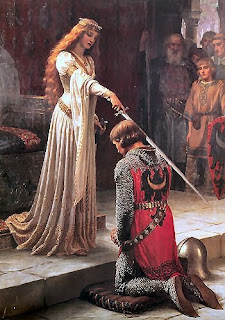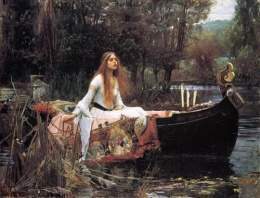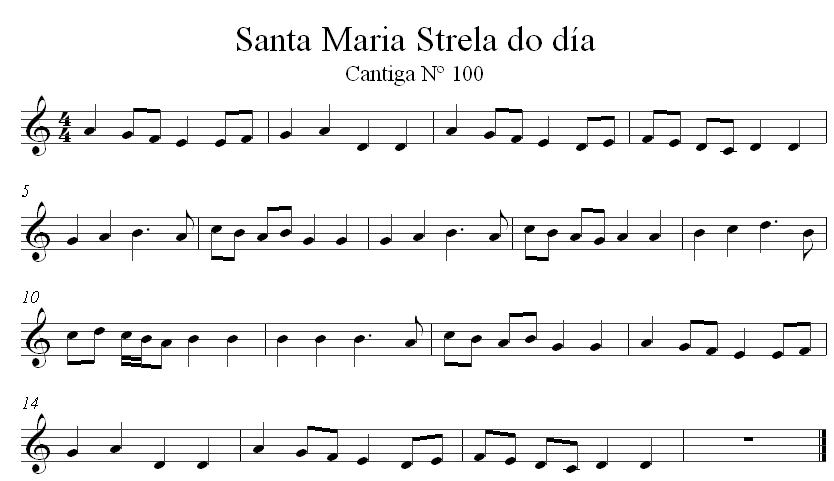Guidelines
1) The students, in groups, will do a project on some Urban Music subgenres as requested by the teacher, and it will be presented to the rest of the group with a Powerpoint (or Prezi...) presentation.
2) Some instructions for the project
- Around 8 minutes, including videos from Youtube.
- As for the videos, there must be two, and they can be situated wherever you want throughout your presentation. Moreover, they must be around one minute each.
- You need to talk about issues such as: history, famous groups, general characteristics, clothes (and all this stuff), some emotional characteristics of this music, sort of instruments, etc., etc., that is to say, all issues you think are remarkable or important.
- A sort of “contest” could be developed: the Powerpoint that the teacher believes is the best will be "awarded" with a higher mark (a big "plus" as well as your mark, I mean).
3) Before beginning with the Unit, the conversation assistant will do a general presentation in Powerpoint (or Prezi...) about the fifties (music, sociology, culture...).
4) Since the Powerpoint presentations will be only about some subgenres, the teacher will upload a series of videos on other bands and styles to the blog, in order for the students to learn new ideas about this topic.
5) Finally, the teacher will bring some of his electric instruments (and explain the synthesizer, too) to the classroom throughout May or June, and he will show them to the students, playing them, explaining the main parts, basic techniques, etc. So, the students will see them “in person”.
6) The students must upload their Powerpoint (or Prezi...) presentations to the blog.
Deadline: around mid May.
* * *
Here you have some other trends and bands (do not forget make a comment!):
(Dire Straits)
(Deep Purple)
(The Clash)
(Surf Music)
6) The students must upload their Powerpoint (or Prezi...) presentations to the blog.
Deadline: around mid May.
* * *
Here you have some other trends and bands (do not forget make a comment!):






:format(jpeg):mode_rgb():quality(90)/discogs-images/R-1992917-1257286845.jpeg.jpg)

